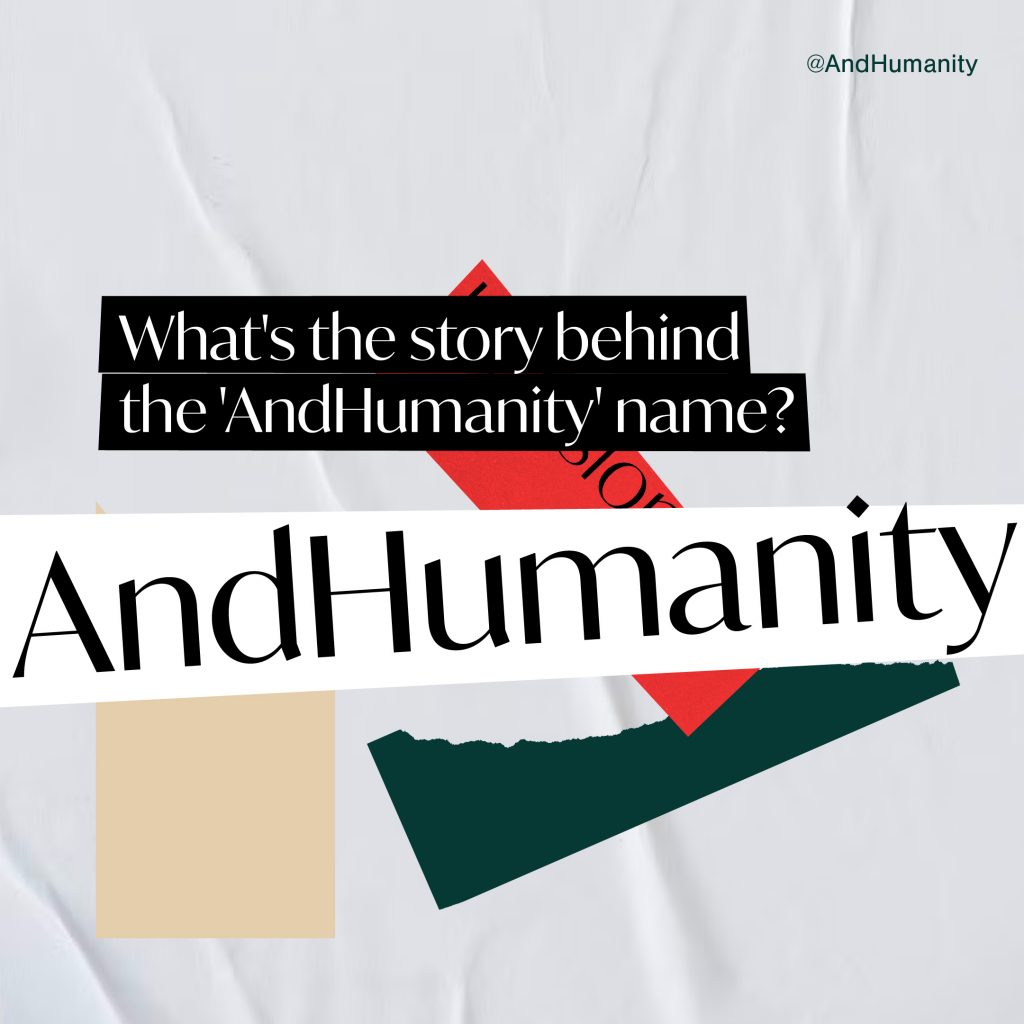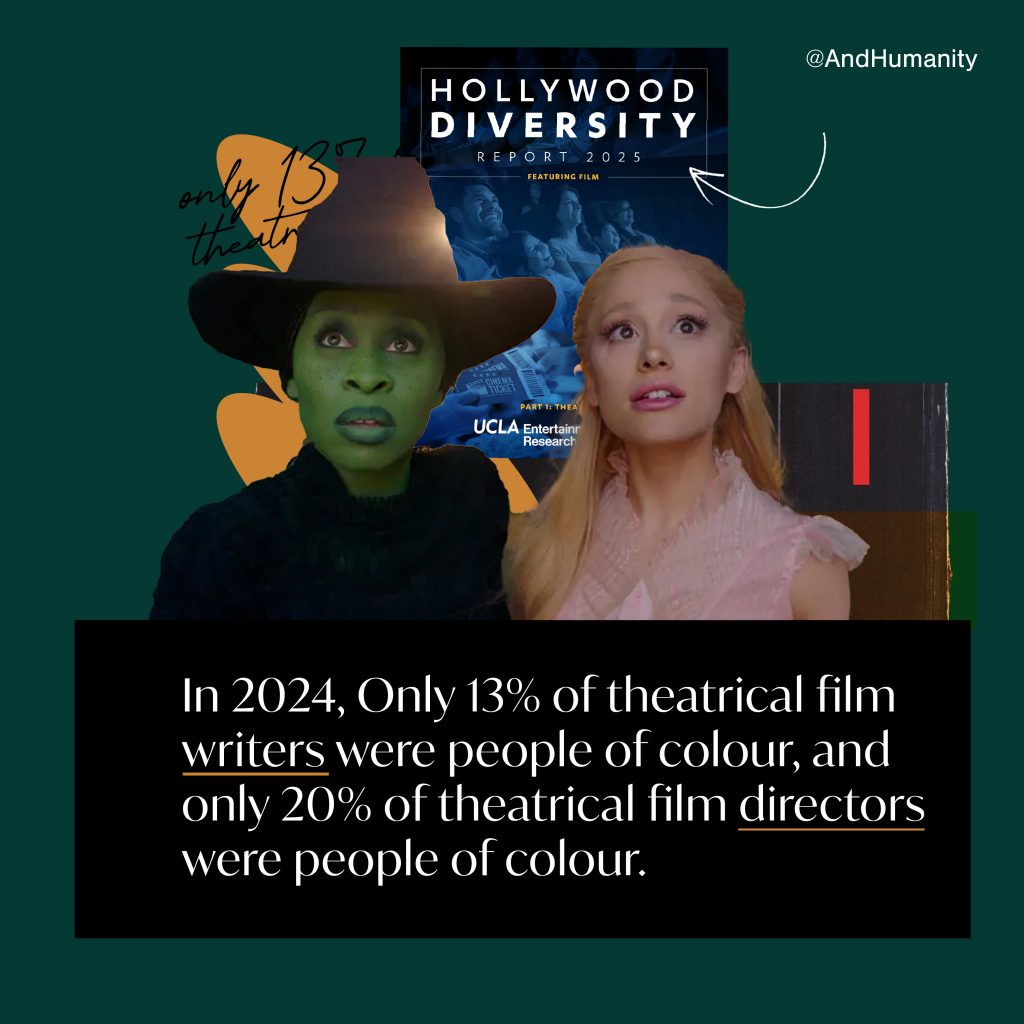This year’s International Women’s Day United Nation’s theme is “Invest in women: accelerate progress”. While there’s great progress in the representation of women, there’s still a lot to be done to achieve equity, including reducing pay gaps and considering disproportionate funding and impacts of poverty. However, our work would not be complete if we didn’t support all women and recognize the lack of progress (even regression) for one of the most underprivileged intersections, transgender women. We continue to see a lack of inclusion of transgender women in International Women’s Day efforts. To not consider all the intersections of women and most importantly the most underprivileged, and therefore the most impacted by inequity, is not in essence what International Women’s day should be about. This is especially true in the current climate, where the transgender communities in Canada, US and globally are leading and needing support in advocacy the most.
As marketers or general communication professionals, it is critical that we ensure our representation of women includes the most marginalized. It is our responsibility to ensure the diversity of women is accurately and fully represented.
“…our work would not be complete if we didn’t support all women and recognize the lack of progress (even regression) for one of the most underprivileged intersections, transgender women.”
So how do communications professionals go about including transgender women?
- First and foremost, provide a platform for transgender women. We cover this in our, “By is best. With is Good. For is Harmful.” post. Engaging transgender women in non-tokenistic ways to define what will be most meaningful and how to go about it is the most authentic way to integrate the perspectives, wants, and needs of those with lived experience.
If you aren’t able to meaningfully engage those with lived experience, you can still support transgender women. Here are some steps you can take:
- Do your research – There is enough information online to not need to burden transgender women to educate you, especially if you don’t have the resources to compensate. Ensure that the platforms you’re researching on are by the transgender community. Look for how to talk about transgender respectfully. What pains do the community face? Check out Pink Manteray and GLAAD.
- Recognize your lens – Be transparent that you don’t have lived experiences and are not speaking on behalf of, but alongside, transgender women. Even if we have learned a lot and have friends or colleagues from the community, those without lived experience will never know what is to be a transgender woman and should not speak as if they do.
- Use your platform to amplify – What can you help uplift, create more positive exposure for transgender women? We are not trying to decide what is best for the community, or create solutions for a community, rather, we are trying to hear what the community says and how we can amplify those messages.
- Challenge stereotypes – Check if you’re reinforcing stereotypes of transgender women. Are they being portrayed as victims or villains? What other stereotypes do transgender women get type casted as? Does your imagery or commentary reinforce directly or indirectly any of these stereotypes?
- What are you doing in support of the community? Beyond just amplifying, what are you doing as an organization to support transgender women and demonstrate what you proclaim. Do your internal organizational values align with these values? If not, consider doing some work inside your organization first before publicly showing support.
Representation matters. Audiences at large expect and reward inclusion because it resonates. We all have a story that deserves to be told, and we all have a responsibility to do better. We invite and challenge you as communications professionals to remember who you are including and excluding in your materials for International Women’s Day 2024, and to consider the ones who are most underrepresented, transgender women.
Update: A reader wanted to share a valuable resource for us related to this topic. Please also check out: “How to Stay Safe Online: A Guide Against LGBTQ+ Cyberbullying“









